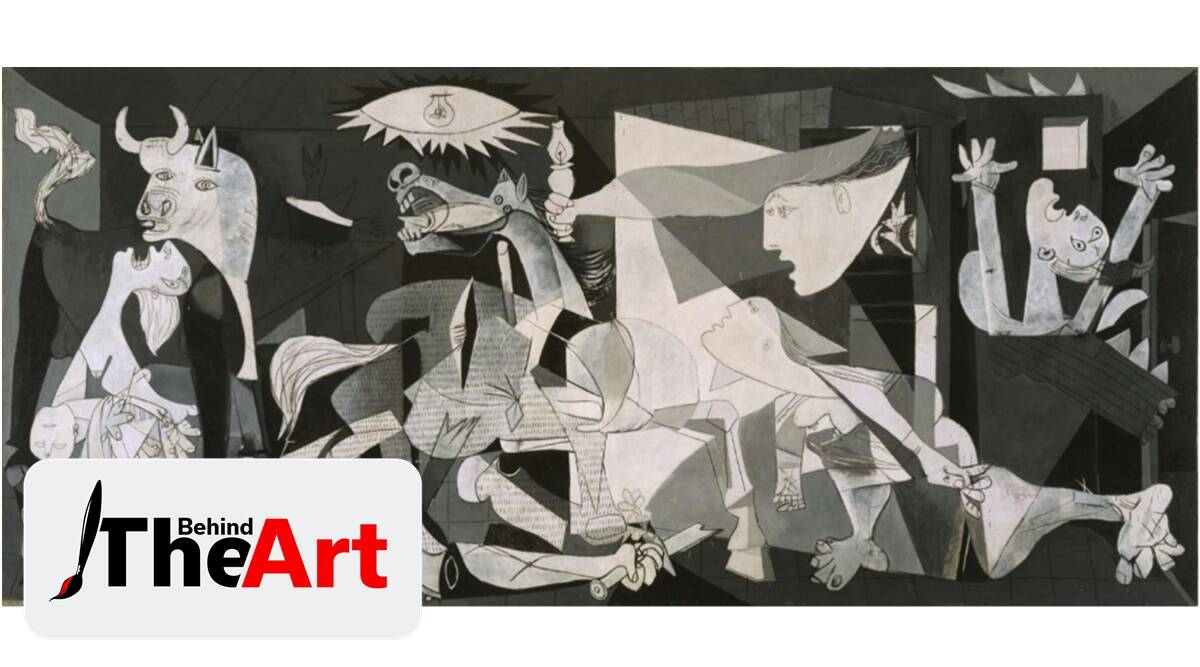Pablo Picasso and Vincent van Gogh are both celebrated artists who have made a significant impact on the art world. Picasso, known for his Cubist paintings, experimented with various styles and was a pioneer of modern art movements such as Surrealism and Expressionism. Van Gogh, on the other hand, used bold, bright colors and thick, impasto brushstrokes to create emotional and expressive paintings. Both artists left an indelible mark on the art world and inspired countless artists to experiment and innovate. Their work remains some of the most admired and beloved of all time.
Pablo Picasso vs. Vincent van Gogh: A Masterful Dilemma
Introduction
The art world is filled with countless masterpieces that have captured the attention and imagination of millions of people throughout history. Two of the most celebrated artists of all time are Pablo Picasso and Vincent van Gogh. While both artists are recognized for their unparalleled contributions to the art world, they have vastly different styles and techniques.
Pablo Picasso
Picasso is widely considered one of the most influential artists of the 20th century. Born in Spain in 1881, he exhibited natural artistic talent from a young age. His most famous works are his Cubist paintings, which are characterized by fragmented forms and distorted perspectives. Picasso experimented with a broad range of styles throughout his career and was a pioneer in modern art movements such as Surrealism and Expressionism.
Vincent van Gogh
Van Gogh is known for his unique approach to painting, which included the use of thick, impasto brushstrokes and bright, bold colors. He lived a tumultuous life and suffered from mental illness for much of his career. Despite these challenges, van Gogh created some of the most memorable and emotionally charged paintings of all time. His most famous works include “Starry Night” and “Sunflowers.”
Style and Technique
While both artists were masters in their own right, they have vastly different approaches to art. Picasso was known for his innovative approach to form and abstraction. He saw the world in a unique way and tried to capture that perspective in his paintings. His use of fragmented forms and distorted perspectives set him apart from many of his contemporaries.
Van Gogh, on the other hand, was known for his emotional and expressive style. He used bold, bright colors and thick, impasto brushstrokes to create paintings that were full of movement and energy. Van Gogh’s use of color was particularly noteworthy, as he eschewed the traditional use of complementary colors and instead opted for combinations that were bolder and more unconventional.
Impact on Art
Both Picasso and van Gogh had a profound impact on the art world, inspiring countless artists to experiment and innovate. Picasso’s Cubist style laid the foundation for many modern art movements, while van Gogh’s use of color and emotional expressiveness inspired generations of painters to come.
Picasso’s work was particularly influential in the early 20th century, when artists were beginning to experiment with new forms of abstraction and expression. His work helped to usher in a new era of artistic innovation and experimentation.
Van Gogh’s impact on art was perhaps more subtle, but no less profound. His use of color and emotional expressiveness resonated with artists of all generations, and his work remains some of the most beloved and admired of all time.
Conclusion
Pablo Picasso and Vincent van Gogh were two of the most influential artists of all time. While they had vastly different approaches to art, they both left an indelible mark on the art world. Picasso’s innovative approach to form and abstraction laid the foundation for many modern art movements, while van Gogh’s use of color and emotional expressiveness inspired generations of painters to come. Today, their work remains some of the most admired and beloved of all time, a testament to their immense talent and influence.
